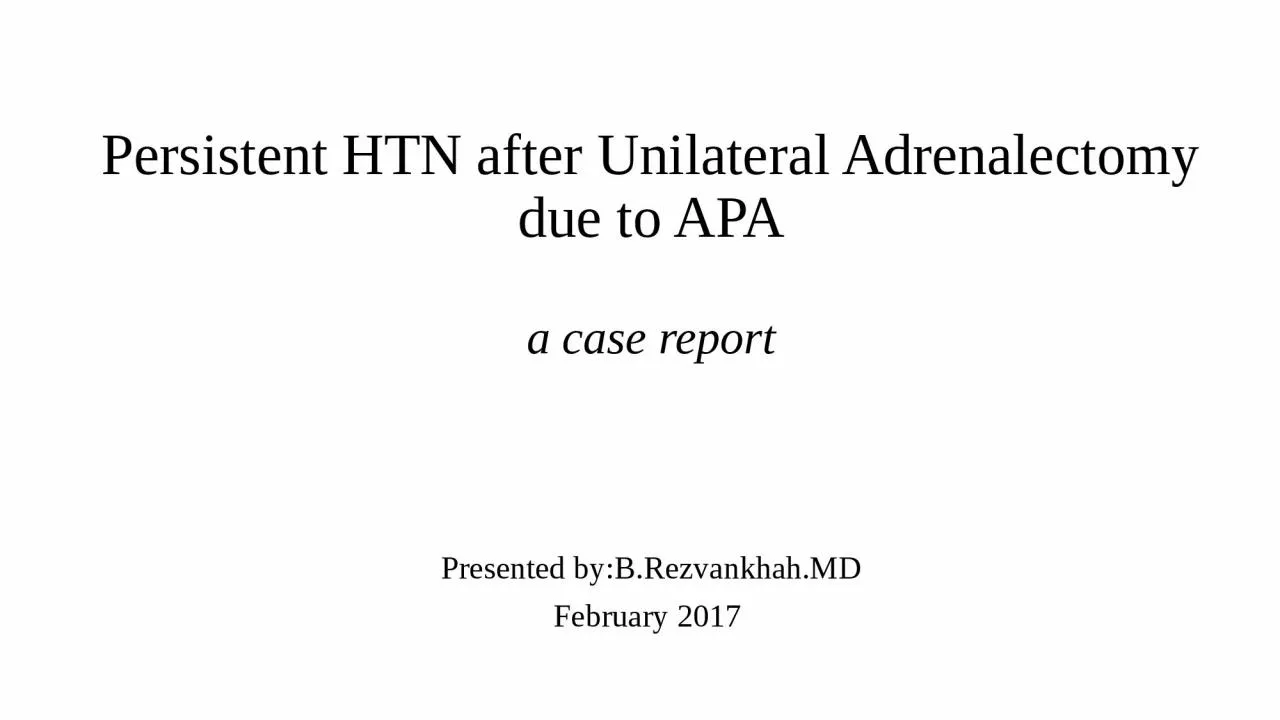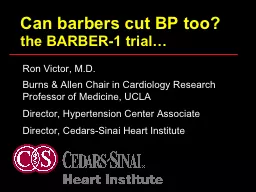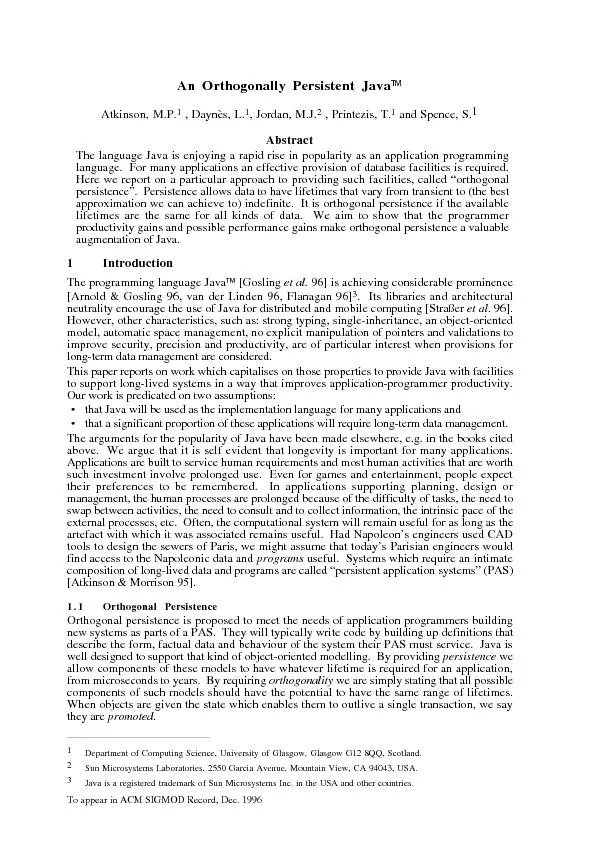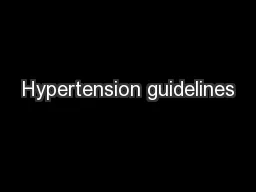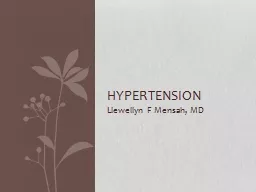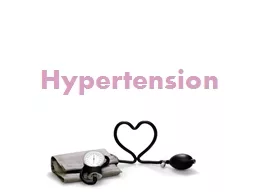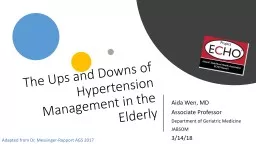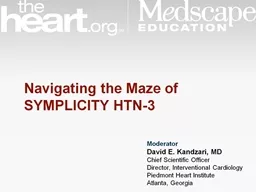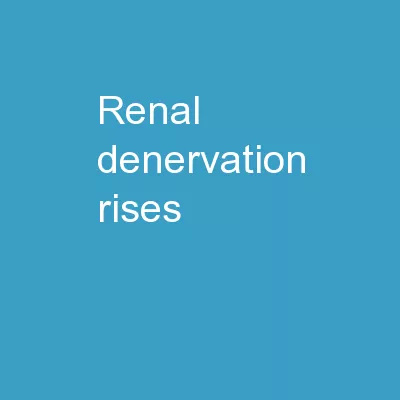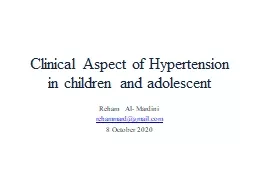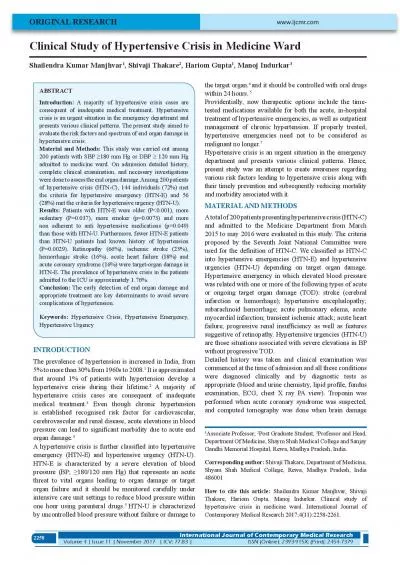PPT-Persistent HTN after Unilateral
Author : udeline | Published Date : 2022-06-28
Adrenalectomy due to APA a case report Presented byBRezvankhahMD February 2017 Recommendations for screening primary hyperaldosteronism All patients with the
Presentation Embed Code
Download Presentation
Download Presentation The PPT/PDF document "Persistent HTN after Unilateral" is the property of its rightful owner. Permission is granted to download and print the materials on this website for personal, non-commercial use only, and to display it on your personal computer provided you do not modify the materials and that you retain all copyright notices contained in the materials. By downloading content from our website, you accept the terms of this agreement.
Persistent HTN after Unilateral: Transcript
Download Rules Of Document
"Persistent HTN after Unilateral"The content belongs to its owner. You may download and print it for personal use, without modification, and keep all copyright notices. By downloading, you agree to these terms.
Related Documents

